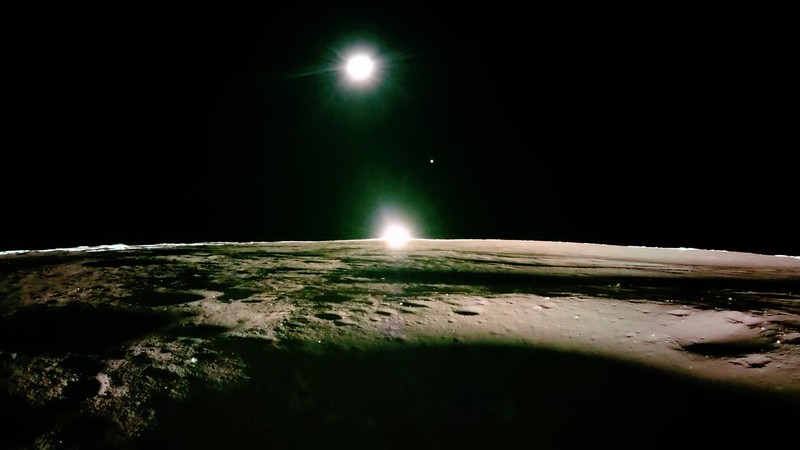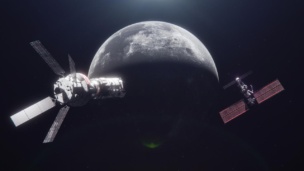Firefly ($FLY) received an additional $10M from NASA for delivering extra data and images on its Blue Ghost Mission 1 lunar mission this year.
All told, the mission collected nearly 120 gigabytes of data during both its 45-day trek to the Moon and its two weeks on the lunar surface.
Treasure trove: The additional data purchased by the space agency includes:
- The first HD images of a solar eclipse and a sunset from a vantage point on the lunar surface.
- Comms data, including transmission speeds from the lander’s antennas.
- Performance data for Blue Ghost, including propulsion specs during descent.
- Science data collected by onboard payloads, that went beyond the scope of the original context.
Heat wave: The lander was also able to capture temperature data across a 500 degrees Fahrenheit spectrum—from 230 degrees Fahrenheit at the hottest part of the lunar day to -275 degrees Fahrenheit during the solar eclipse’s totality. The lander was able to survive such a large range of temperatures in part thanks to what the Firefly team dubbed “Operation Parasol,” which saw the lander use its antenna for shade against extreme heat.
The team collected data to learn more about issues such as how sunlight reflecting off the lunar surface can heat up the lander, and how lunar dust impacts lander performance—things that will be very important for long-term operations on the Moon.
What’s next: Firefly is just getting started with its work under NASA’s Commercial Lunar Payload Services (CLPS) program. Most recently, Firefly won a $176.7M contract for a mission to the lunar south pole in 2029—which will also put a spacecraft in orbit around the Moon, to improve comms during the mission.
Up next on the lunar launch manifest is Blue Ghost Mission 2, which is expected to land on the far side of the Moon no earlier than next year.



